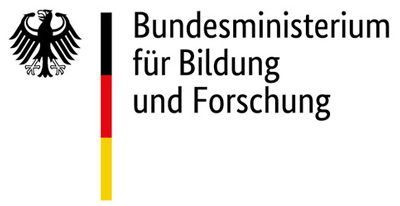Abstract: „The study of crime has focused primarily on why particular people commit crime or why specific communities have higher crime levels than others. This book presents a new and different way of looking at the crime problem by examining why specific streets in a city have specific crime trends over time. Based on a sixteen-year longitudinal study of crime in Seattle, Washington, the book focuses our attention on small units of geographic analysis-micro communities, defined as street segments. Half of all Seattle crime each year occurs on just 5–6% of the city’s street segments, yet these crime hot spots are not concentrated in a single neighborhood and street by street variability is tremendous. This book sets out to explain why. It shows how much essential information about crime is inevitably lost when we focus on larger units like neighborhoods or communities. Reorienting the study of crime by focusing on small units of geography, the book identifies a large group of possible crime risk and protective factors for street segments and an array of interventions that could be implemented to address them.“
Link zum Abstract und zur Zusammenfassung der Kapitel
Erscheinungsjahr: 2012
Quelle: Weisburd, David/ Groff, Elizabeth/ Yang, Sue-Ming (2012). The Criminology of Place: Street Segments and Our Understanding of the Crime Problem: Oxford University Press.




